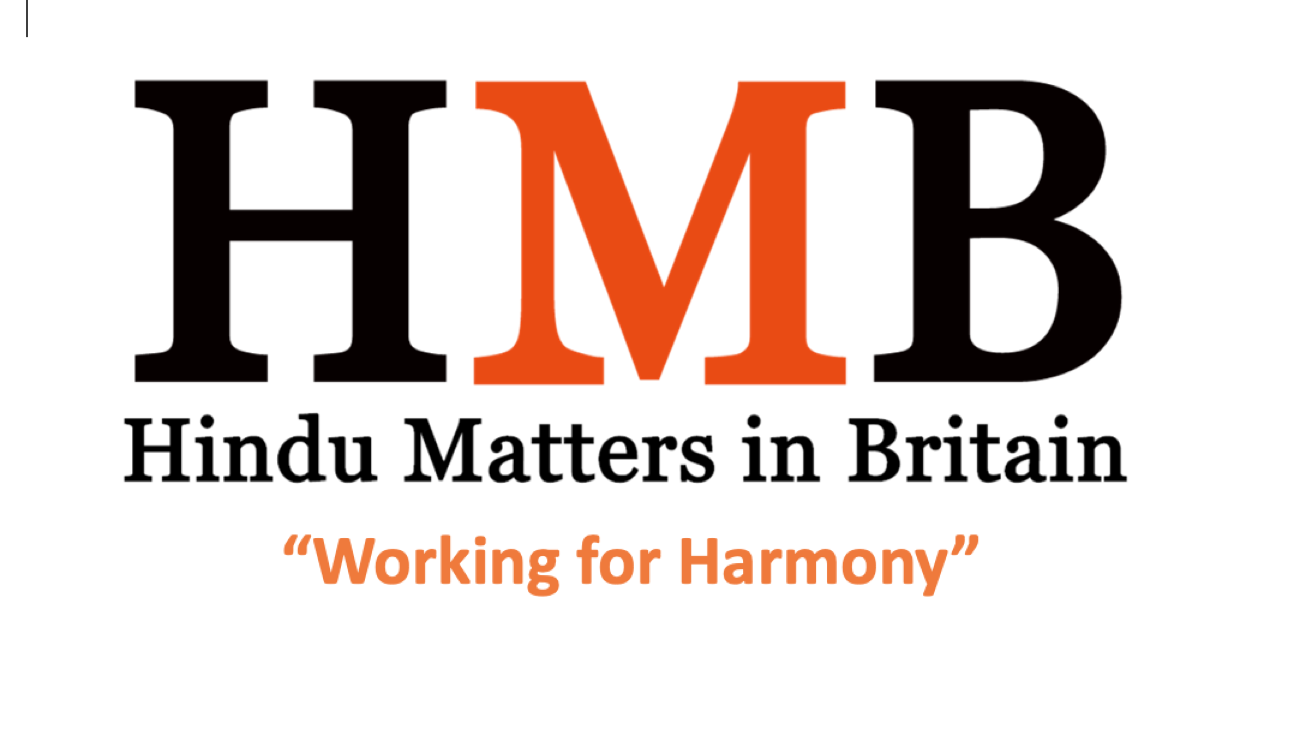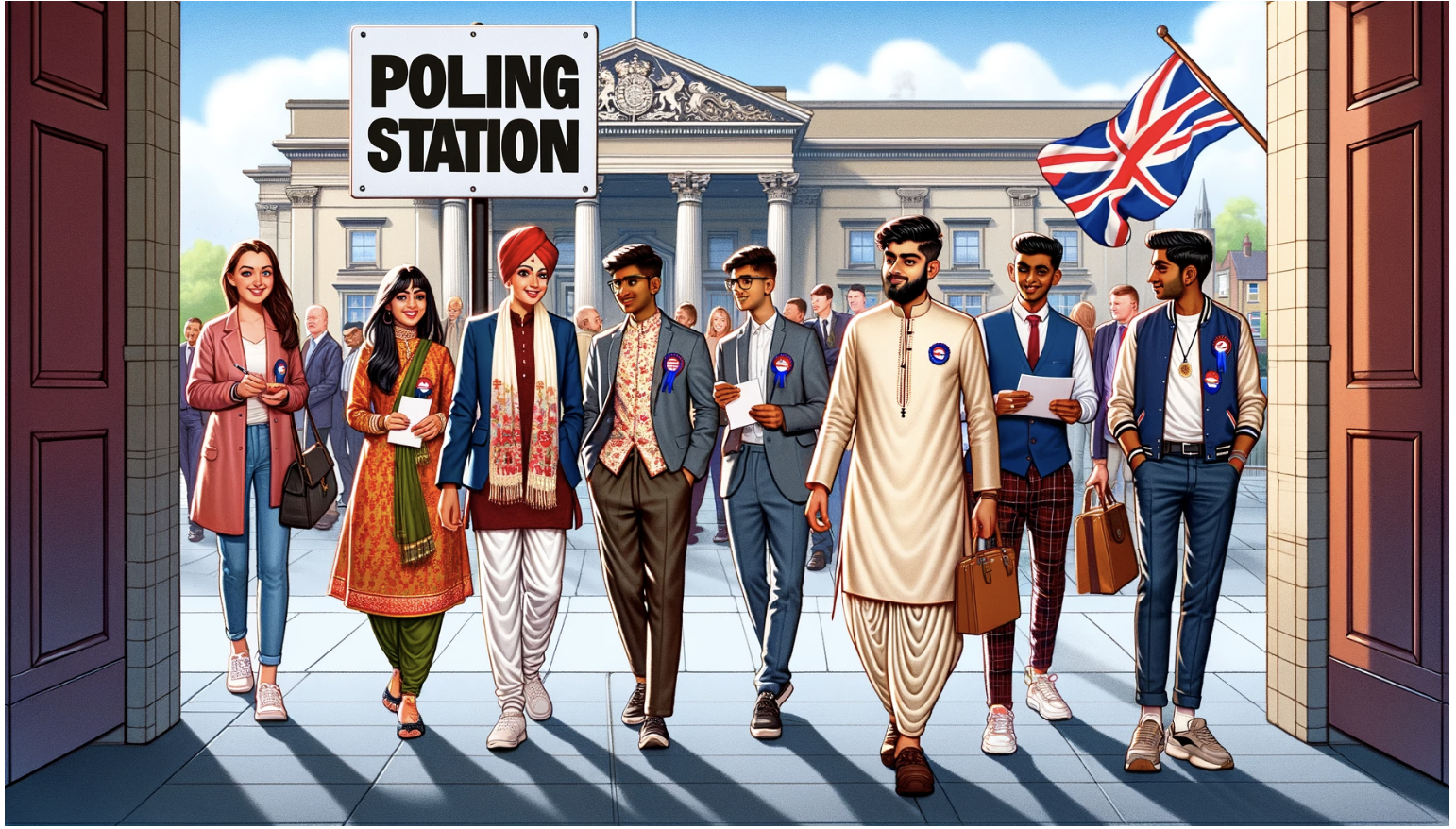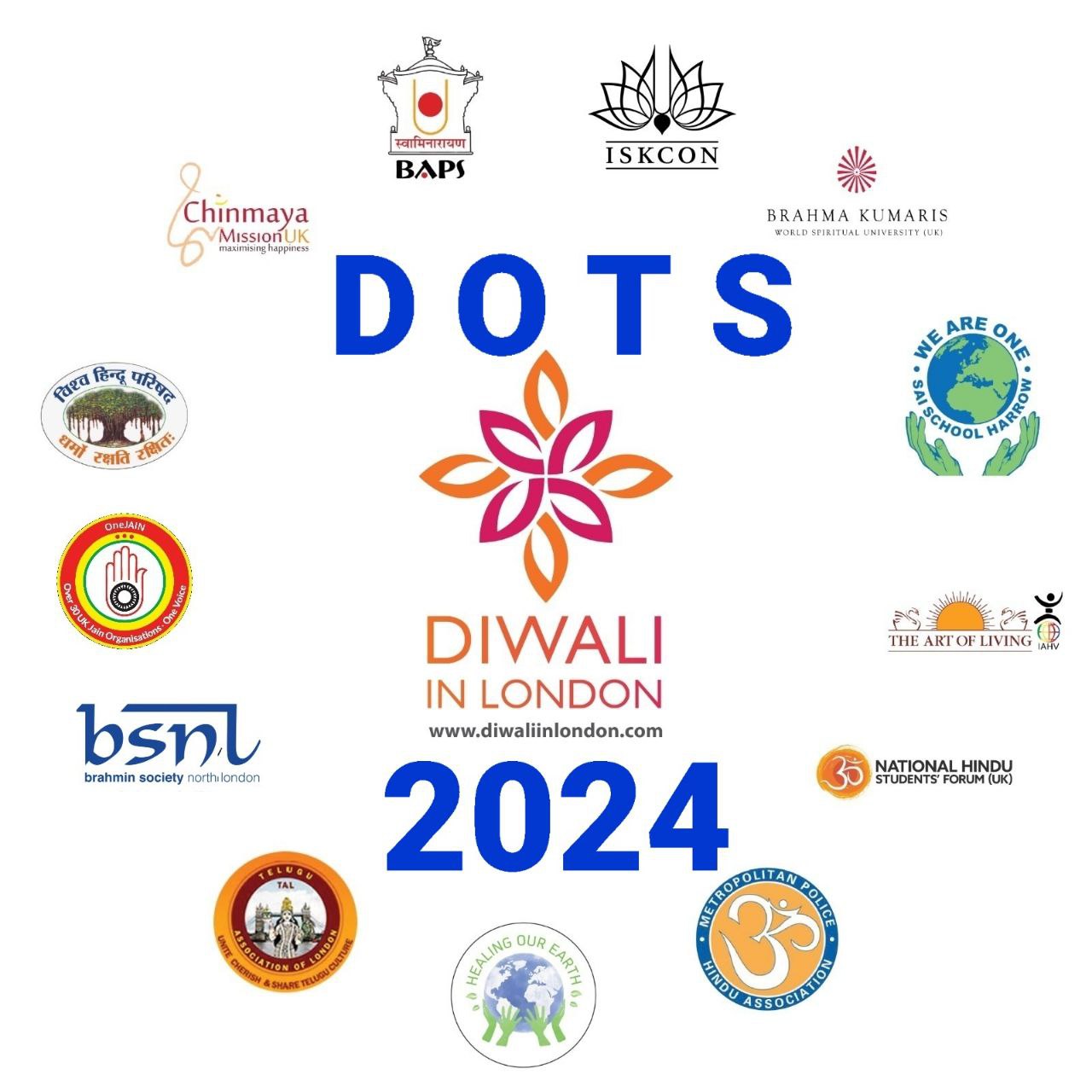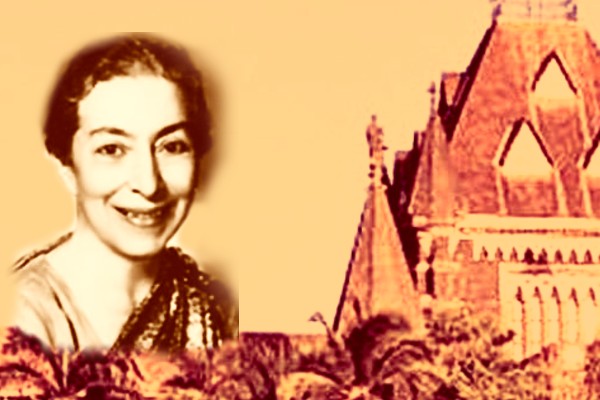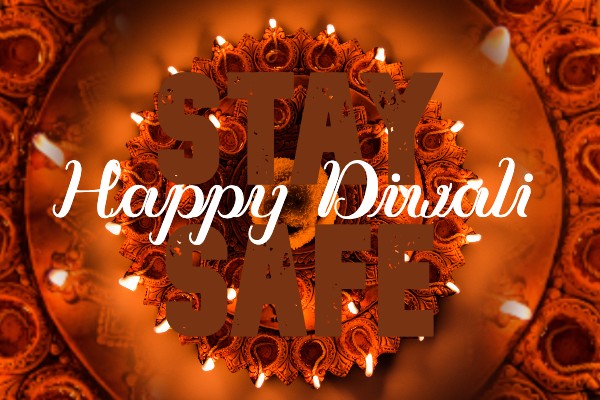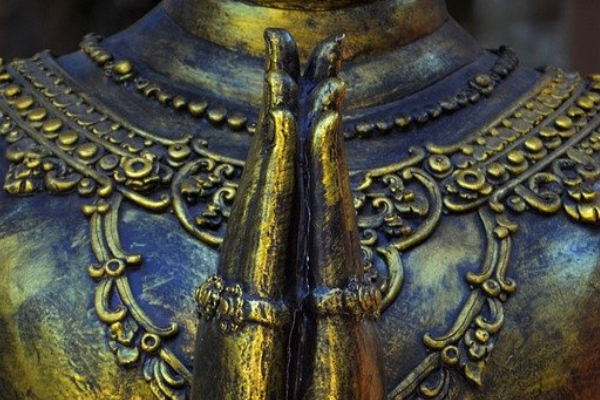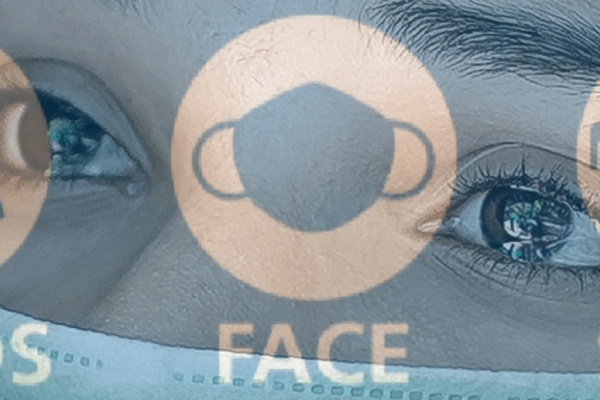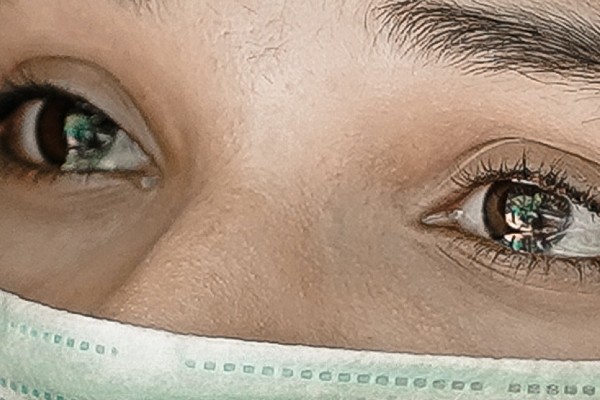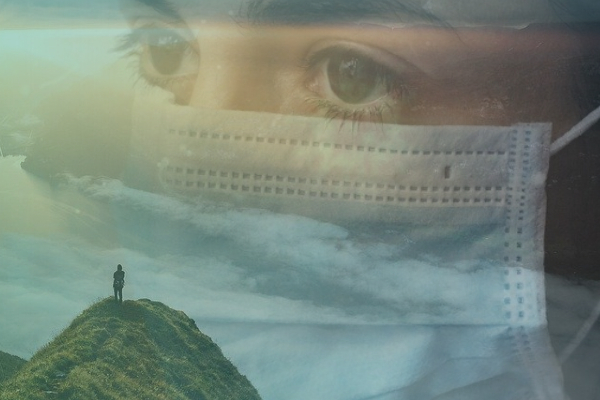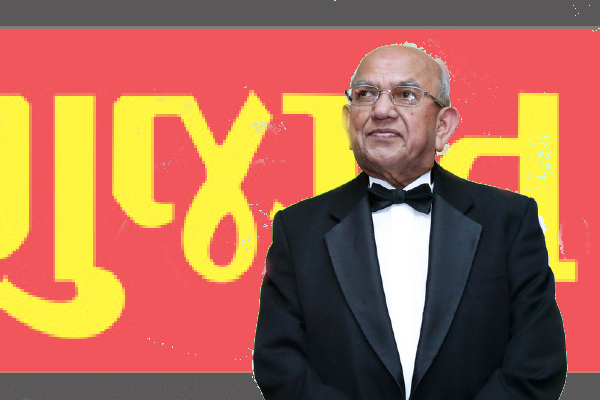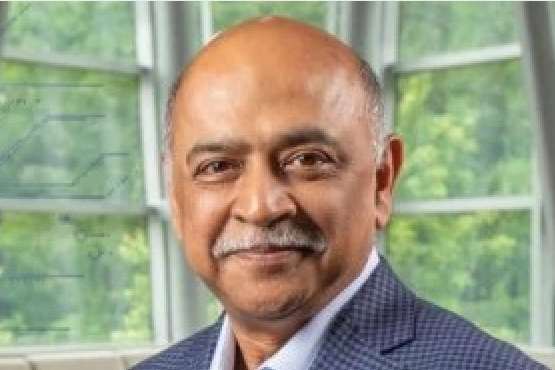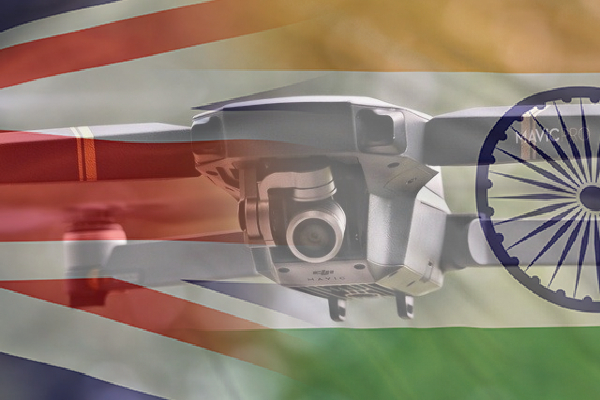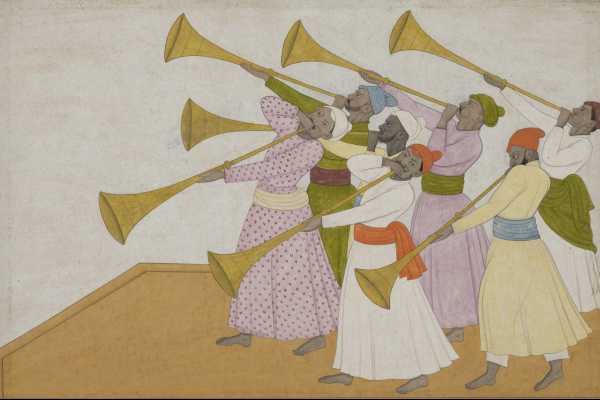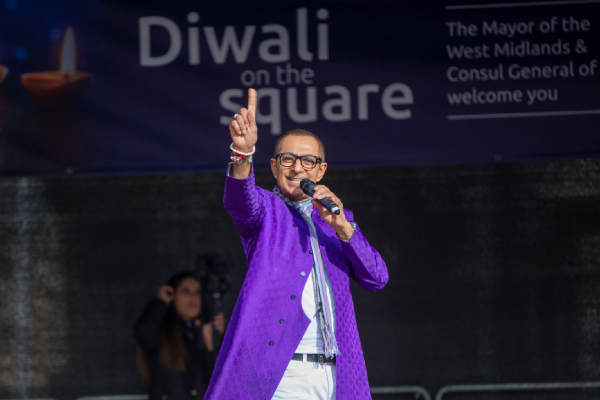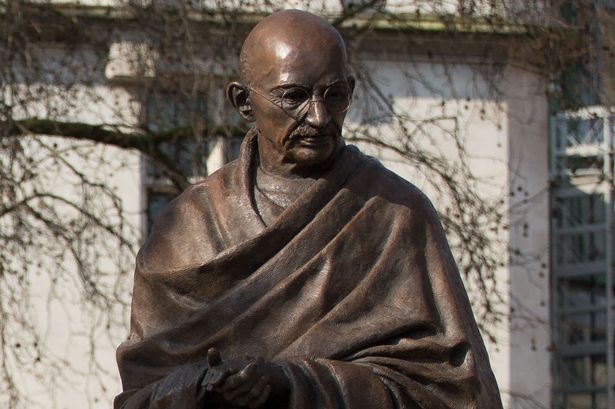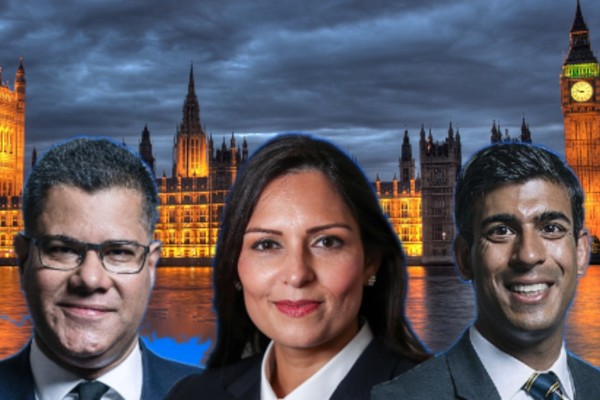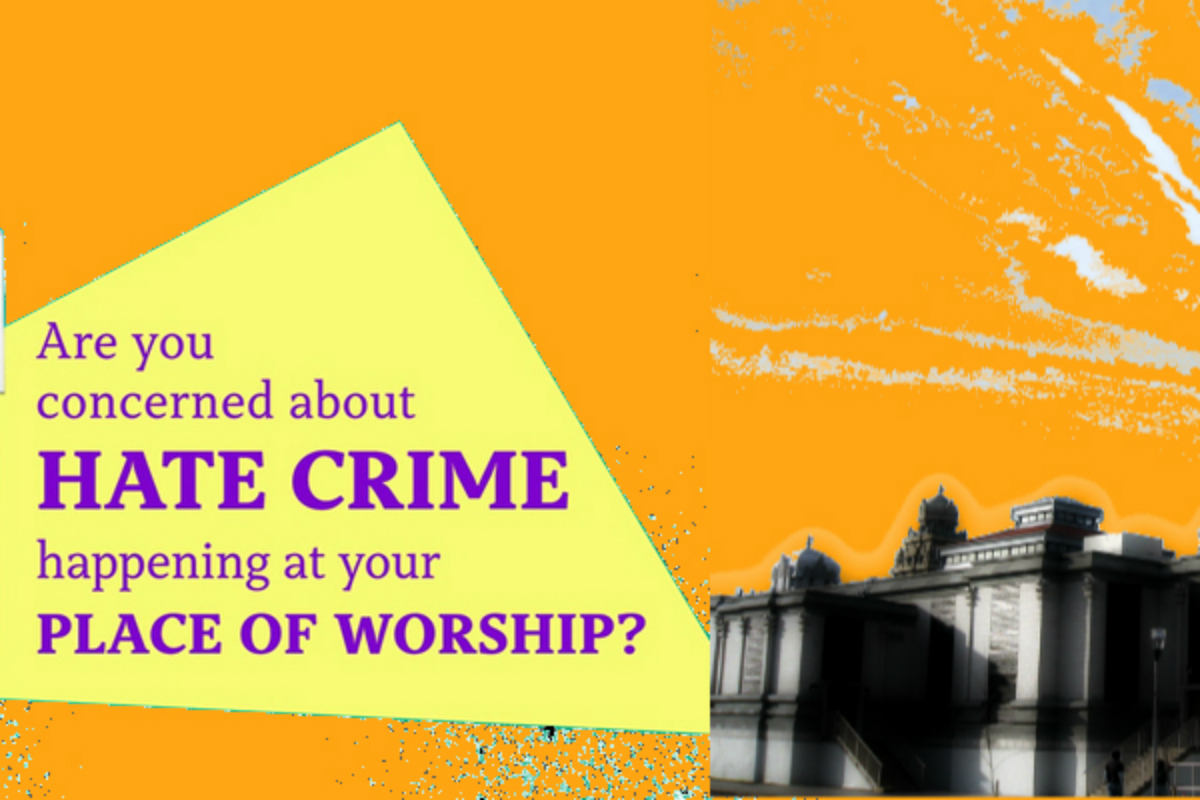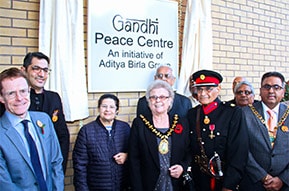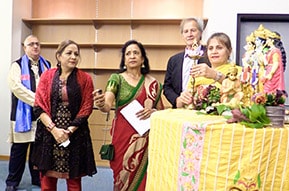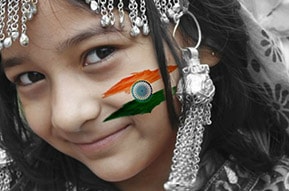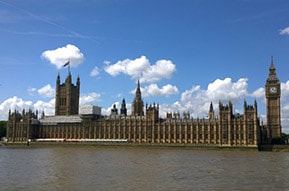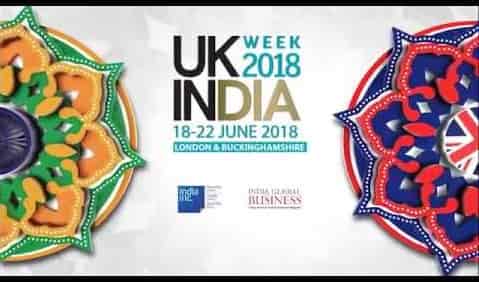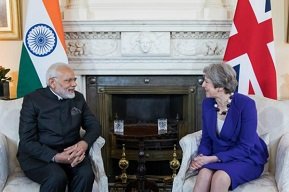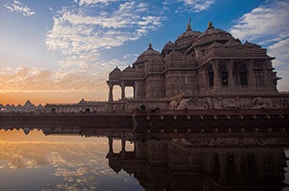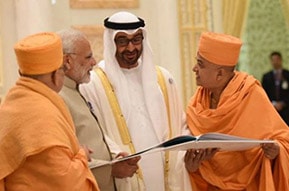The Portrayal of Hindus in UK Media: A Deep Dive into Media Bias and Its Implications
In recent years, the portrayal of Hindus in UK media has sparked significant debate and concern within the community. This blog delves into the nuances of media bias against Hindus, examining the prevalence of stereotypes, underrepresentation, and negative framing. We explore the impact of these biased narratives on public perception and community cohesion. Additionally, the blog highlights efforts being made to address and counteract this bias, offering a pathway towards fair and balanced representation. Join us as we uncover the challenges and advocate for a more accurate and respectful portrayal of Hindus in UK media.
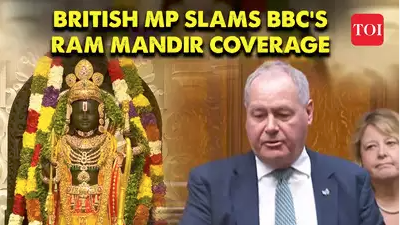
The Issue of Stereotyping and Underrepresentation
One of the most significant issues facing the Hindu community in the UK media is the prevalence of stereotypes. Hindus are often depicted in a narrow and clichéd manner, focusing on outdated and superficial aspects of the culture. Common stereotypes include the emphasis on practices like vegetarianism, arranged marriages, and religious rituals without any depth or context. These portrayals fail to capture the diversity and modernity within the Hindu community, leading to a skewed public perception.
Underrepresentation is another critical issue. Despite being one of the largest religious communities in the UK, Hindus are rarely given significant airtime or meaningful representation in mainstream media. When they do appear, it is often in contexts that reinforce negative stereotypes or in stories that do not reflect the everyday lives and contributions of Hindus in British society. This lack of visibility can lead to a sense of invisibility and marginalization among the community.
Negative Framing and Its Consequences
Negative framing of Hindus in the media exacerbates these issues. Media narratives often focus on conflicts, controversies, or sensational aspects of the community, such as caste-related issues or religious extremism, without providing balanced coverage. This selective reporting can create a distorted view of the community, highlighting problems while ignoring the positive contributions and achievements of Hindus in the UK.
The consequences of this negative framing are far-reaching. It can lead to increased prejudice and discrimination against Hindus, fostering a climate of intolerance and misunderstanding. Public perception is heavily influenced by media portrayals, and when these portrayals are biased, they can contribute to social divisions and hinder community cohesion.
Impact on Community Cohesion
The biased portrayal of Hindus in the media has a direct impact on community cohesion. When a community is consistently depicted in a negative light, it can lead to feelings of alienation and resentment. This, in turn, can affect how Hindus perceive their place in British society and their relationships with other communities.
Moreover, the lack of positive representation can hinder efforts to build bridges between different communities. Media has the power to shape narratives and foster understanding, but when it fails to do so, it can reinforce stereotypes and perpetuate divisions. For a multicultural society like the UK, it is essential that all communities are represented fairly and accurately to promote harmony and mutual respect.

Efforts to Address Media Bias
Recognizing these challenges, various efforts are being made to address media bias against Hindus. Organizations like INSIGHT UK have been at the forefront of this movement, conducting surveys and studies to highlight the issue and advocate for change. Their work has shed light on the perceptions and experiences of the British Hindu and Indian communities, providing valuable data to support calls for fairer representation.
Educational initiatives are also playing a crucial role. By raising awareness about Hindu culture and contributions, these initiatives aim to challenge stereotypes and promote a more nuanced understanding of the community. Media literacy programs that encourage critical consumption of news and foster dialogue about representation can also help counteract biased narratives.
Pathway Towards Fair Representation
Achieving fair representation of Hindus in the UK media requires a multifaceted approach. Media organizations need to commit to more balanced and inclusive reporting, ensuring that their coverage reflects the diversity and complexity of the Hindu community. This involves not only avoiding negative stereotypes but also actively seeking out and highlighting positive stories and contributions.
Community engagement is equally important. By involving Hindu voices in the media production process and encouraging greater participation from the community, media organizations can ensure that their content is more representative and accurate. This can be achieved through partnerships with Hindu organizations, increased recruitment of Hindu journalists, and platforms that amplify Hindu perspectives.
Case Studies and Examples
To illustrate the points discussed, let's look at some specific examples of media bias and the efforts to counteract them. One notable case involved a popular UK newspaper that published a series of articles focusing on the negative aspects of Hindu festivals, emphasizing noise pollution and disruption without acknowledging the cultural significance and community spirit behind these celebrations. In response, Hindu organizations launched campaigns to educate the public and the media about the importance of these festivals, highlighting the charitable activities and community bonding that occur during these times.
Another example is the portrayal of Hindus in popular television shows and movies. Often, Hindu characters are depicted in a stereotypical manner, either as overly traditional or as comic relief. This kind of representation fails to capture the diversity and richness of Hindu culture and can reinforce negative perceptions. Advocacy groups have been working with producers and writers to create more nuanced and accurate portrayals of Hindu characters, emphasizing their individuality and contributions to society.

The Role of Social Media
In the digital age, social media has become a powerful tool for challenging media bias and promoting positive representation. Hindu communities in the UK have been leveraging platforms like Twitter, Facebook, and Instagram to share their stories, highlight their achievements, and call out biased reporting. Hashtags like #HindusInUK and #PositiveRepresentation have gained traction, providing a platform for Hindus to voice their concerns and celebrate their culture.
Social media campaigns have also been instrumental in mobilizing support and raising awareness about issues affecting the Hindu community. For example, when a major UK broadcaster aired a documentary that many Hindus felt was biased and misleading, a social media campaign quickly gained momentum, leading to thousands of complaints being lodged and a subsequent review of the program by the broadcaster.
The Importance of Media Literacy
Media literacy is a crucial component in the fight against bias and negative representation. By educating the public about how media works and encouraging critical consumption of news, we can empower individuals to recognize and challenge biased narratives. Media literacy programs should be integrated into school curriculums and community education initiatives, providing people with the tools they need to analyse media content critically and make informed judgments.
Collaborations and Partnerships
To achieve fair representation, it is essential for media organizations to collaborate with Hindu communities and other stakeholders. These partnerships can help ensure that media content is accurate, respectful, and reflective of the diversity within the Hindu community. Collaborations can take many forms, from consulting with Hindu experts on cultural issues to involving community members in the production process.
One successful example of such a partnership is the collaboration between a major UK news outlet and a Hindu cultural organization to produce a documentary series on Hindu contributions to British society. The series, which highlighted the achievements of Hindu entrepreneurs, artists, and community leaders, received widespread acclaim and helped to counteract some of the negative stereotypes often seen in the media.
Moving Forward: Recommendations for Change
To promote fair and balanced representation of Hindus in UK media, several key recommendations can be made:
- Increased Diversity in Media Personnel: Media organizations should strive to increase diversity within their teams, including hiring more Hindu journalists, editors, and producers. This can help ensure that a broader range of perspectives is represented in media content.
- Cultural Sensitivity Training: Providing cultural sensitivity training for media personnel can help them understand and respect the nuances of Hindu culture, leading to more accurate and respectful reporting.
- Balanced Reporting: Media organizations should commit to balanced reporting, avoiding sensationalism and ensuring that both positive and negative aspects of stories are covered. This can help provide a more nuanced and accurate picture of the Hindu community.
- Engagement with the Community: Media organizations should actively engage with Hindu communities, seeking their input and feedback on media content. This can help build trust and ensure that media portrayals are accurate and respectful.
- Promoting Positive Stories: Highlighting positive stories and achievements within the Hindu community can help counteract negative stereotypes and provide a more balanced view of the community. Media organizations should actively seek out and promote such stories.
- Media Literacy Education: Integrating media literacy education into school curriculums and community programs can help individuals recognize and challenge biased media portrayals. This can empower people to advocate for fairer representation.
Conclusion
The portrayal of Hindus in UK media is a complex issue that requires attention and action from multiple stakeholders. Stereotypes, underrepresentation, and negative framing have contributed to a skewed public perception and hindered community cohesion. However, through concerted efforts by media organizations, community advocates, and educational initiatives, it is possible to counteract these biases and promote a fairer, more respectful portrayal of Hindus.
As we move forward, it is crucial to continue advocating for change and holding media accountable for their representations. By doing so, we can foster a more inclusive society where all communities are respected and valued for their contributions. Let us work together to ensure that the voices of Hindus in the UK are heard, understood, and represented with the fairness and accuracy they deserve.
In summary, achieving fair representation of Hindus in UK media is not just about addressing the current biases but also about building a future where diversity is celebrated and respected. This involves a collective effort from media professionals, community leaders, and the public to promote understanding, challenge stereotypes, and highlight the positive contributions of the Hindu community. Through these efforts, we can create a media landscape that truly reflects the rich tapestry of British society and fosters a sense of belonging and mutual respect for all communities.
